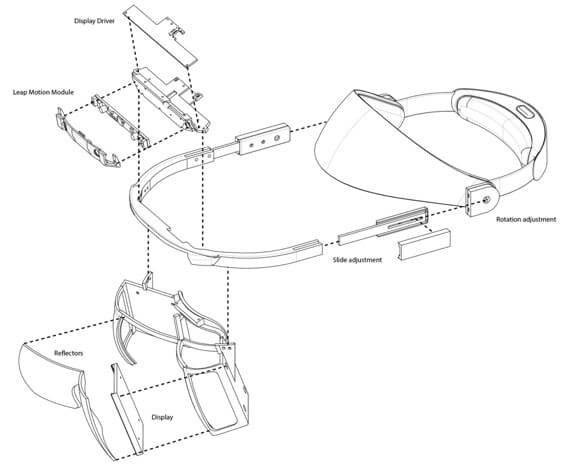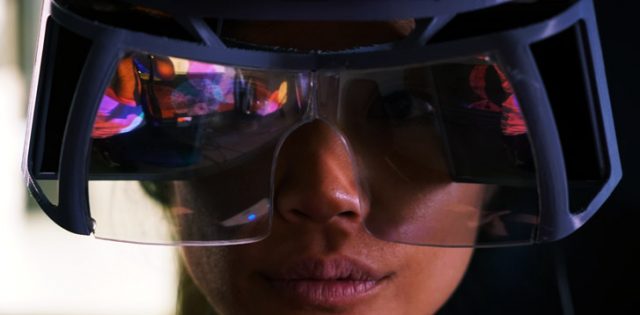Leap Motion, known for its gesture based products, is announcing an augmented reality platform called Project North Star. It includes a design for a headset that would be equipped with a Leap Motion sensor and costs less than $100 for mass production. Under Project North Star, Leap will be open sourcing the hardware and software necessary to create it instead selling the actual headset to consumers or developers.
"North Star is a full augmented reality platform that allows us to chart and sail the waters of a new world, where the digital and physical substrates exist as a single fluid experience.The first step of this endeavor was to create a system with the technical specifications of a pair of augmented glasses from the future. This meant our prototype had to far exceed the state of the art in resolution, field-of-view, and framerate," the company wrote in a blog post.

The headset itself consists of two 3.5-inch LCD displays each sporting a 1600 x 1440 resolution per eye. The displays also have a high 120 frames per second refresh rate with a field of view that is 95-degrees high and 70-degrees wide. The display reflects the light into a visor that the user can see. This headset is then coupled with a 180-degree hand tracking sensor.
Despite the impressive specs, Leap is not trying to compete with the likes of Microsoft's HoloLens and has emphasized that it's not a headset company. The goal is to create small scale hand interactions that have the benefit of advanced tracking, not large, room scale tracking.
cube! pic.twitter.com/ydZaPYxSxT
--- Keiichi Matsuda (@keiichiban) March 8, 2018
The hand tracking of Project North Star is quite impressive with the headset able to accurately track individual finger joints and replicate interaction with other virtual objects like picking them up or moving them around. This could potentially be a boon for smaller developers who want to experiment with AR without a large upfront cost. By making the hardware and software open source, Leap Motion hopes to spur further innovations within the AR space.
"We hope that these designs will inspire a new generation of experimental AR systems that will shift the conversation from what an AR system should look like, to what an AR experience should feel like."
